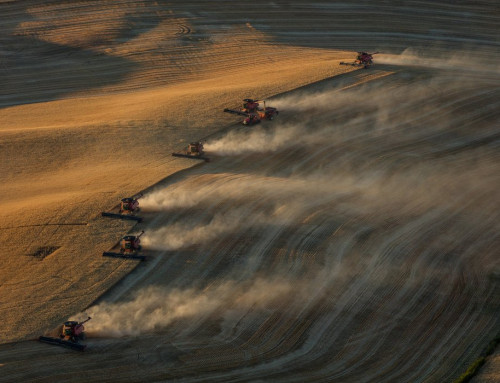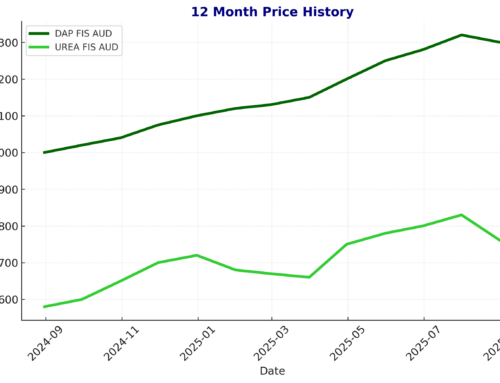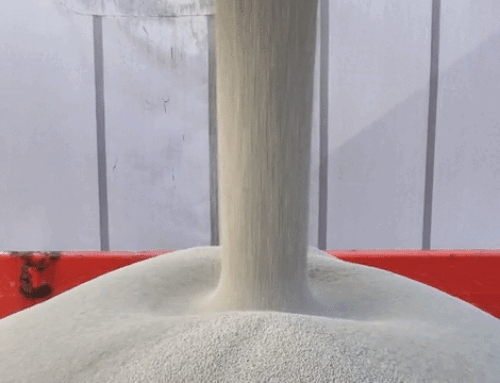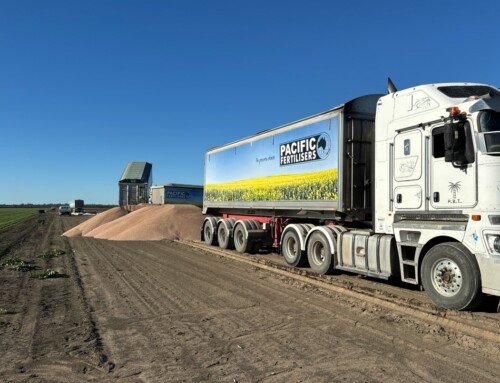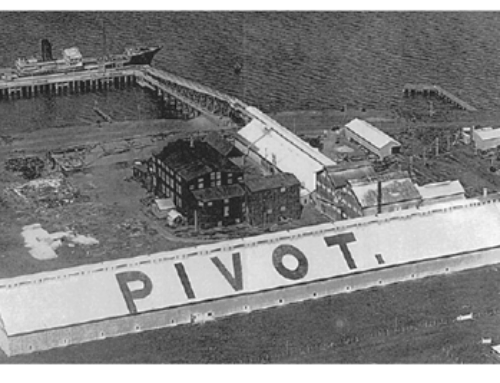Hot Lime (or quick lime) for agricultural applications.
A mineral with chemical formula CaO, and is commonly called quick lime, burnt lime or hot lime. It is made by heating limestone (CaCO3) to drive off carbon dioxide.
Quick lime is used in preference to normal Ag lime or slaked lime for agriculture applications in some horticultural crops especially for treating clubroot. Hot lime is a faster-acting lime and has the highest neutralising value (NV) compared to other forms.
When hydrated with one mole of water, Hot lime forms slaked lime, Ca(OH)2. Hot lime generates heat when it becomes slaked with water and therefore speeds up the reaction to form calcium in the soil.
Quick Lime is more concentrated and caustic than agricultural lime and unpleasant and dangerous to handle, so couple this with a higher cost and its use is not commonly used in general agriculture such as broadacre and pastoral applications.
For reference Slaked lime (or hydrated lime) is calcium hydroxide Ca(OH)2 and has a higher neutralising value than agricultural lime but is more expensive and not usually used in broadacre and pastoral application.
Pacific fertiliser can supply quicklime, hydrated lime and normal ag lime in bulk. bulkbags and pallets of 25kg bags.
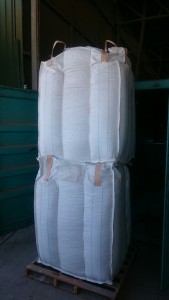
Types of Lime:
Agricultural lime (calcium carbonate)
Quick lime (calcium oxide) – also called caustic lime, hot lime, burnt lime and unslaked lime
Hydrated lime (calcium hydroxide) – also called slacked lime. Bulk seconds called Meadowlime
Dolomite – Pure dolomite is 54.3% CaCO3 and 45.7& MgCO3
Dolomitic Limestone or Magnesian limestone contains magnesium carbonate much lower ratios compared to dolomite eg the MgCO3 content may range approximately from 4.4-23%.
Magnesite (magnesium carbonate)
Burnt magnesite MgO (magnesium oxide)
Wet lime (their usefulness is determined by the NV and water content)
Granular Lime – granular limestone, prilled limestone or pelletised limestone
Lime and cement kiln dusts (their NV varies from 70–150 and Ca 25–54%. Mg is usually less than 1%)
FLUID LIME- liquid lime. This product is made by mixing very finely ground limestone (suspecnsion lime or ultra fine lime) with either water or liquid nitrogen fertilizer along with a suspending agent (attapulgite clay) and applying with a liquid fertiliser applicator.
SLAGS – Steel industry byproduct mainly is magnesium silicate or slag
FLUID-BED ASH- Byproduct of electrical utility companies from mixing limestone into ground coal in a fluidising bed. Also called stack dust.
Gypsum (calcium sulfate) – no or limited NV value
Limestone effectiveness – An expression of aglime effectiveness is based on the combined effect of chemical purity (CCE) and fineness. The ECCE is determined by multiplying CCE by factors like particle size (fineness.) Also referred to as effective neutralising value (ENV), total neutralising power (TNP), effective neutralising material (ENM) and, in the US “lime score”.

